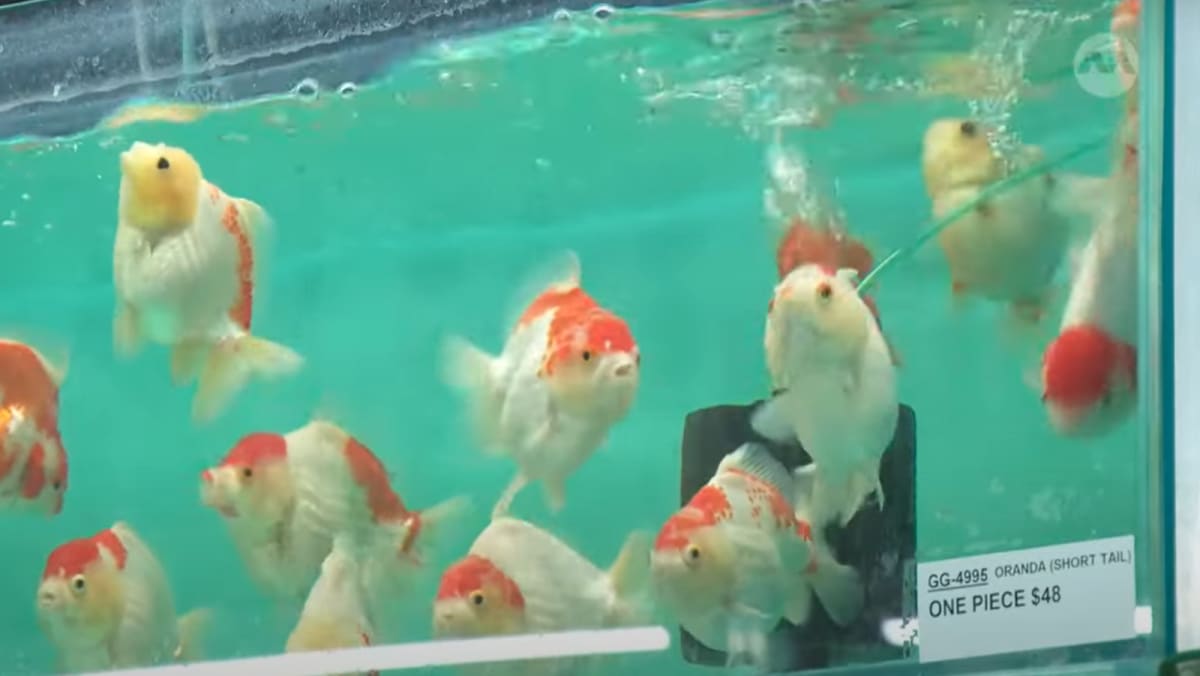He added that the farm currently has a large plot of land with an outdoor mud pond where it breeds arowana, but it will invest in technology to convert this into a high-tech farming system.
“Traditional ornamental farmers in the region – they are still using primitive methods, like in the outdoor ponds where they face challenges in the climate and also fish diseases,” Mr Yeo added.
However, farms constantly face an uphill battle for space, especially in land-scarce Singapore.
According to NParks, only 1 per cent of the country’s land is set aside for agricultural purposes.
The agency said it has been making plots of land available for ornamental fish farms, with these plots varying in size to meet different needs.
Companies also have the option to move their operations into indoor spaces, subject to approval from the relevant agencies. NParks said this could include a combination of farming, import and export, and retail or e-commerce activities.
The Singapore Aquarium Fish Exporters Association said the industry has a pressing need for space, given how Singapore has traditionally been a one-stop shop for customers who do not want to get ornamental fish from multiple sources.
“We bring in fishes from all around the world, be it South America, Africa and Asia,” said the association’s chairman William Chew.
“When customers buy from Singapore, they get to amalgamate all kinds of fishes into one single order, and that really helps to lower the import cost for them.”
The association is in constant dialogue with NParks to relay the challenges that the industry faces, he added.

